

Articles
How To Store Celery Leaves
Modified: December 7, 2023
Learn how to store celery leaves properly to keep them fresh and flavorful. Discover useful tips and tricks in this informative articles.
(Many of the links in this article redirect to a specific reviewed product. Your purchase of these products through affiliate links helps to generate commission for Storables.com, at no extra cost. Learn more)
Introduction
Welcome to our guide on how to store celery leaves! Celery is a versatile and healthy vegetable that adds a delightful crunch and flavor to various dishes. While most people tend to focus on the celery stalks, the leaves are equally valuable and can be used in soups, salads, and garnishes. However, it’s common for celery leaves to go to waste if not properly stored.
In this article, we will walk you through the simple steps to store celery leaves, ensuring that you have fresh and vibrant leaves whenever you need them. Whether you want to extend the shelf life of your celery leaves in the refrigerator or freeze them for long-term storage, we’ve got you covered. So let’s dive in and learn how to properly store celery leaves!
Key Takeaways:
- Don’t let celery leaves go to waste! Properly store them in the refrigerator or freezer to enjoy their freshness and flavor in various dishes, reducing waste and adding a burst of freshness to your meals.
- By following simple steps to remove, clean, dry, and store celery leaves, you can extend their shelf life and always have this versatile ingredient on hand for your culinary creations. Enjoy the convenience and versatility of stored celery leaves!
Step 1: Removing the leaves from celery stalks
The first step in storing celery leaves is to remove them from the celery stalks. Celery leaves can be easily separated from the stalks by gently pulling or twisting them off. You can use your hands or a sharp knife to help loosen the leaves if needed.
It’s important to note that when harvesting the leaves, you can either remove them individually or cut the entire stalk off at once. The method you choose will depend on your personal preference and the quantity of celery leaves you intend to store.
Once you have removed the leaves, it’s a good idea to give them a quick rinse under cool running water to remove any dirt or debris that may be present. Be gentle while handling the leaves to avoid bruising or damaging them.
Now that you have successfully separated the celery leaves from the stalks and cleaned them, you are ready to move on to the next step: storing the celery leaves.
Step 2: Cleaning the celery leaves
After removing the celery leaves from the stalks, it’s important to give them a thorough cleaning to ensure they are free from any dirt, pesticides, or contaminants. Cleaning celery leaves is a simple process that requires just a few minutes of your time.
To clean celery leaves, follow these steps:
- Fill a large bowl or sink with cool water.
- Gently place the celery leaves into the water and swish them around. This will help loosen any dirt or debris.
- Allow the celery leaves to soak for a few minutes to help remove any residue.
- Using your hands, lift the leaves out of the water and transfer them to a colander or strainer.
- Rinse the celery leaves under cool running water to remove any remaining dirt or soap.
- Gently shake off any excess water from the leaves.
It’s important to be gentle while cleaning celery leaves to avoid bruising or damaging them. If you notice any wilted or discolored leaves during the cleaning process, it’s best to remove them as they may affect the overall freshness of the batch.
Once the celery leaves are cleaned and free from any dirt or contaminants, it’s time to move on to the next step: drying them.
Step 3: Drying the celery leaves
Properly drying the celery leaves is crucial to prevent moisture buildup, which can lead to wilting and spoilage. Drying celery leaves is a simple process that ensures they retain their freshness and texture.
Here’s how to dry celery leaves:
- After rinsing the celery leaves, gently shake off any excess water.
- Place the leaves on a clean kitchen towel or paper towels in a single layer.
- Using another kitchen towel or paper towels, pat the leaves gently to absorb any remaining moisture.
- Allow the celery leaves to air dry for about 10-15 minutes. If you’re in a hurry, you can speed up the process by using a fan on low speed or patting them dry with a fresh towel.
It’s important to ensure that the celery leaves are completely dry before storing them. Any moisture left on the leaves can lead to spoilage and the growth of mold.
Once the celery leaves are dry, you can proceed to the next step: storing them in the refrigerator or freezing them for long-term storage.
To store celery leaves, wrap them in a damp paper towel and place them in a resealable plastic bag. Store in the refrigerator for up to two weeks.
Step 4: Storing celery leaves in the refrigerator
If you plan to use the celery leaves within a week or so, storing them in the refrigerator is the best option. By following these steps, you can keep the celery leaves fresh and crisp:
- Take a clean, airtight container or a Ziploc bag and line it with a paper towel. The paper towel will help absorb any excess moisture and keep the leaves dry.
- Place the celery leaves in the container or bag in a single layer, ensuring they are not overcrowded.
- Seal the container or bag tightly to create a proper seal and prevent air from entering.
- Label the container or bag with the date for easy reference.
- Store the container or bag in the refrigerator’s crisper drawer, which provides a slightly higher humidity level.
It’s important to note that celery leaves can wilt quickly if exposed to too much moisture or insufficient airflow. Regularly check the leaves for any signs of wilting or spoilage and remove any damaged leaves to maintain the freshness of the batch.
By storing celery leaves in the refrigerator using these simple steps, you can enjoy fresh and flavorful leaves for your culinary creations.
Read more: How To Store Celery
Step 5: Freezing celery leaves
If you want to store celery leaves for a longer period, freezing is an excellent option. Freezing celery leaves helps preserve their flavor, color, and texture, allowing you to enjoy them even when they are not in season. Here’s how to freeze celery leaves:
- Ensure the celery leaves are clean and completely dry after washing them.
- Spread the leaves in a single layer on a baking sheet or tray.
- Place the baking sheet or tray in the freezer and leave it for a few hours or until the leaves are frozen solid. This process is called flash freezing.
- Once the leaves are frozen, transfer them to a freezer-safe, airtight container or a Ziploc bag.
- Remove any excess air from the bag or container before sealing it tightly.
- Label the package with the date and contents for easy identification.
By flash freezing the celery leaves before storing, you can prevent them from clumping together, making it easier to take out the desired amount when needed.
When you’re ready to use the frozen celery leaves, simply take out the desired amount and add them directly to your recipes. There’s no need to thaw them beforehand. Frozen celery leaves can be used in soups, stews, stir-fries, and other cooked dishes.
It’s important to note that while frozen celery leaves will retain their flavor and aroma, the texture may change slightly after thawing. Therefore, it is recommended to use frozen celery leaves in cooked dishes rather than fresh applications like salads or garnishes.
By following these steps, you can store celery leaves in your freezer for up to several months, ensuring you always have a supply of this versatile ingredient on hand.
Conclusion
Properly storing celery leaves is essential if you want to make the most out of this versatile vegetable. Whether you plan to use them within a few days or want to store them for an extended period, following the right steps will help keep the celery leaves fresh, flavorful, and ready to be incorporated into your favorite recipes.
By removing the leaves from the celery stalks, cleaning them thoroughly, and ensuring they are completely dry, you set the foundation for successful storage. Whether you choose to store them in the refrigerator or freeze them for long-term storage, the goal is to maintain their freshness and preserve their nutritional value.
When storing celery leaves in the refrigerator, using airtight containers or Ziploc bags lined with paper towels helps keep moisture at bay, preventing wilting and spoilage. Regularly checking for any signs of wilting or spoilage and removing damaged leaves will help maintain the overall freshness of the batch.
If you opt to freeze celery leaves, flash freezing them before transferring them to freezer-safe containers or bags ensures they retain their individual form, making it easier to use the desired amount without defrosting the entire batch. Remember to label the packages with the date and contents to keep track of their storage time.
Whether you choose to store celery leaves in the refrigerator or freeze them, always strive to use them within a reasonable time frame for the best flavor and quality.
Now that you’re equipped with the knowledge of how to properly store celery leaves, you can confidently incorporate them into your meals, reducing waste and adding a burst of freshness and flavor to your culinary creations.
Enjoy the convenience and versatility of stored celery leaves, and happy cooking!
Frequently Asked Questions about How To Store Celery Leaves
Was this page helpful?
At Storables.com, we guarantee accurate and reliable information. Our content, validated by Expert Board Contributors, is crafted following stringent Editorial Policies. We're committed to providing you with well-researched, expert-backed insights for all your informational needs.
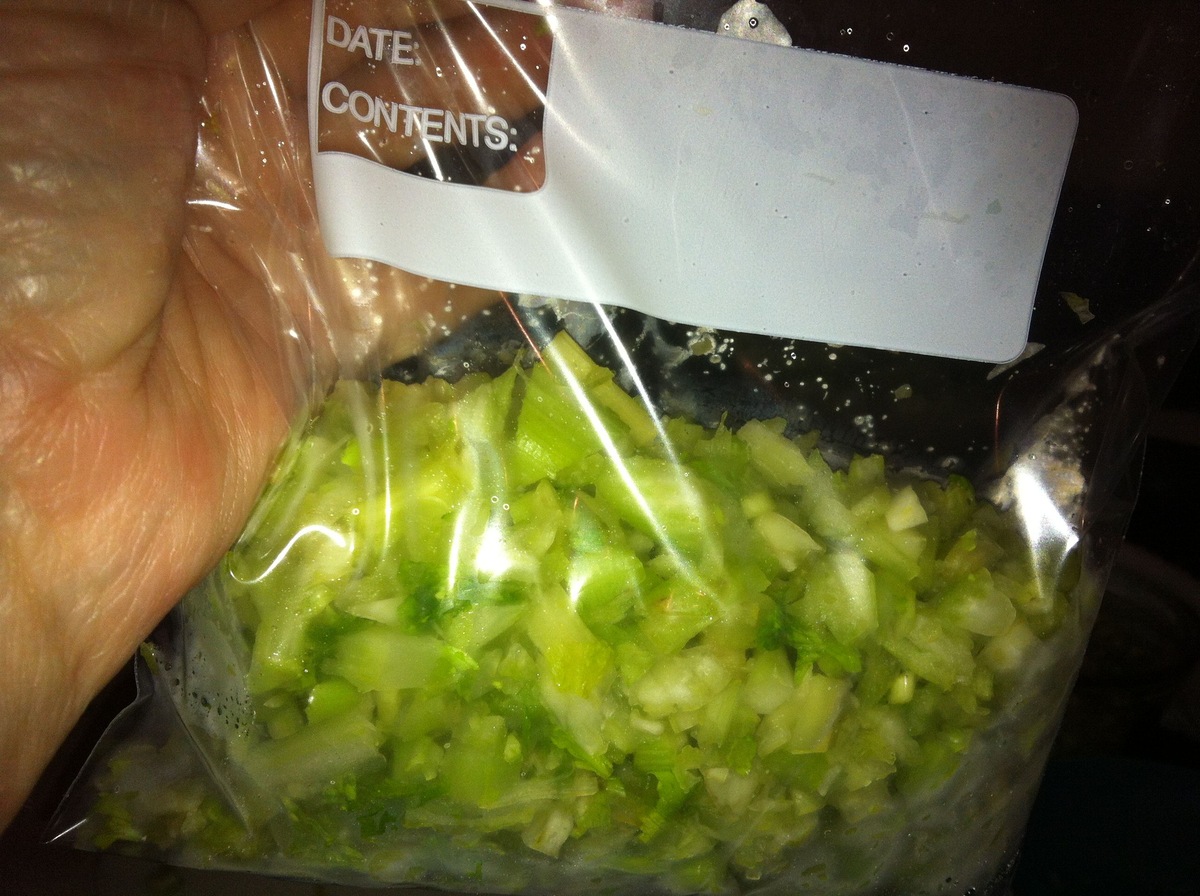


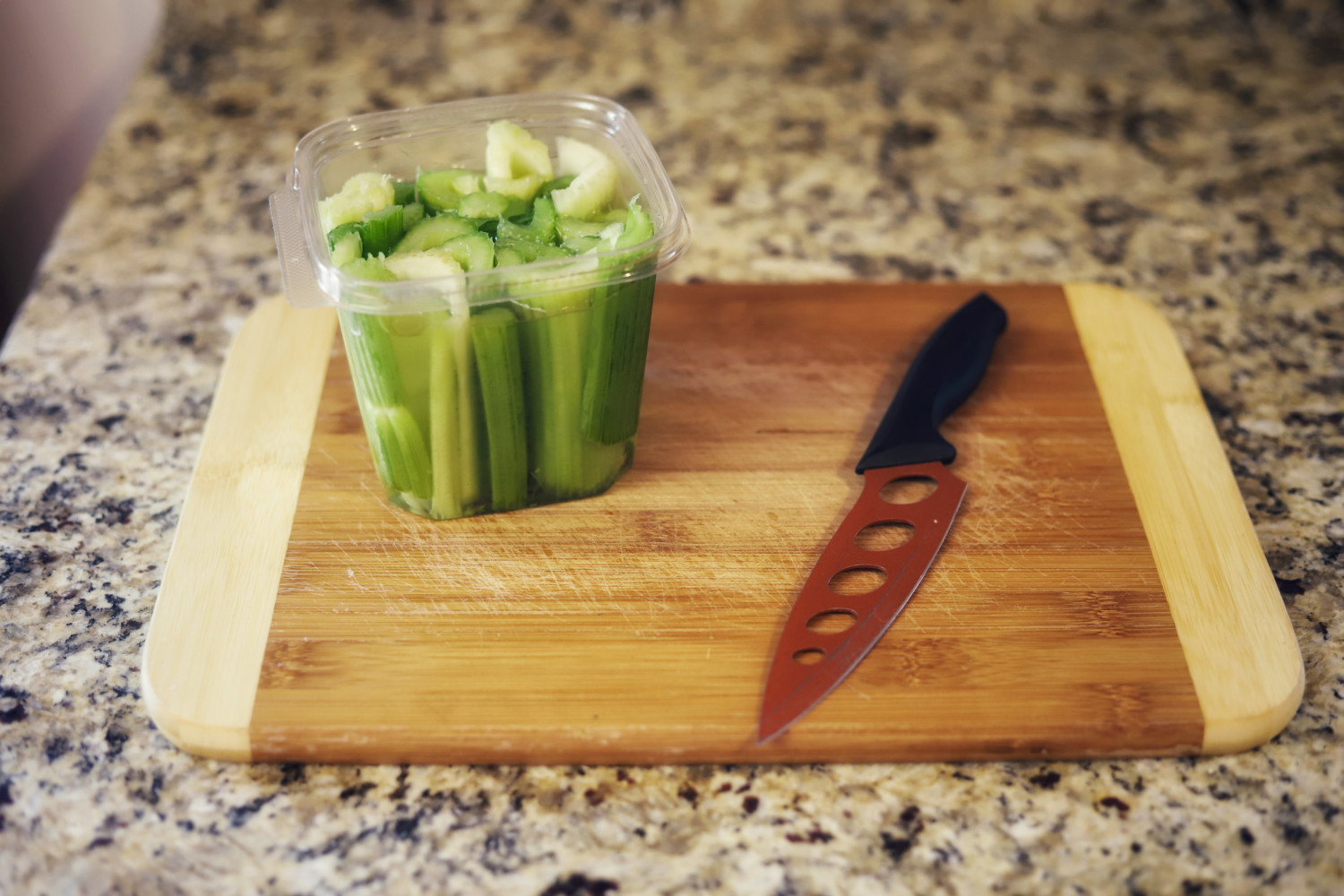




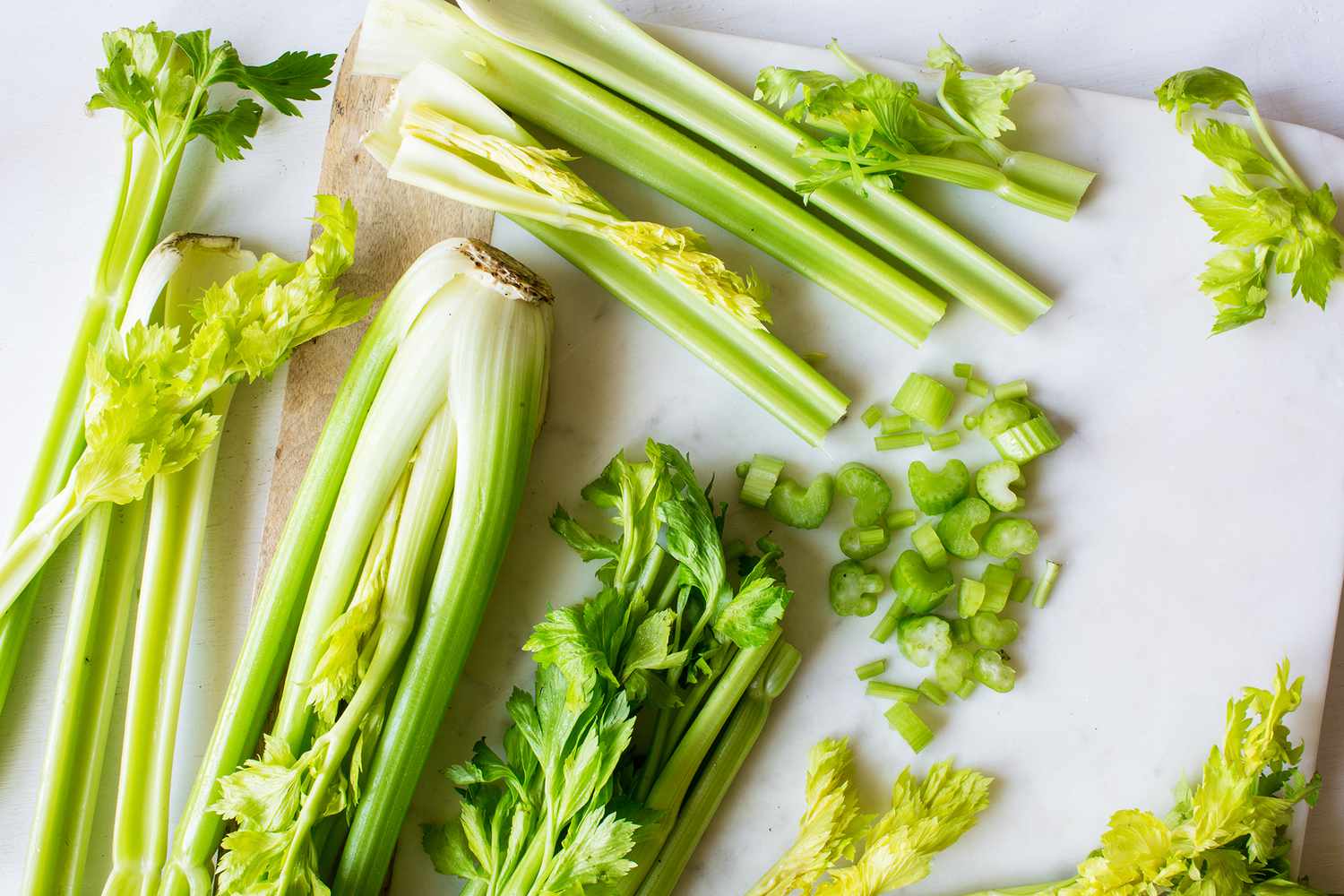
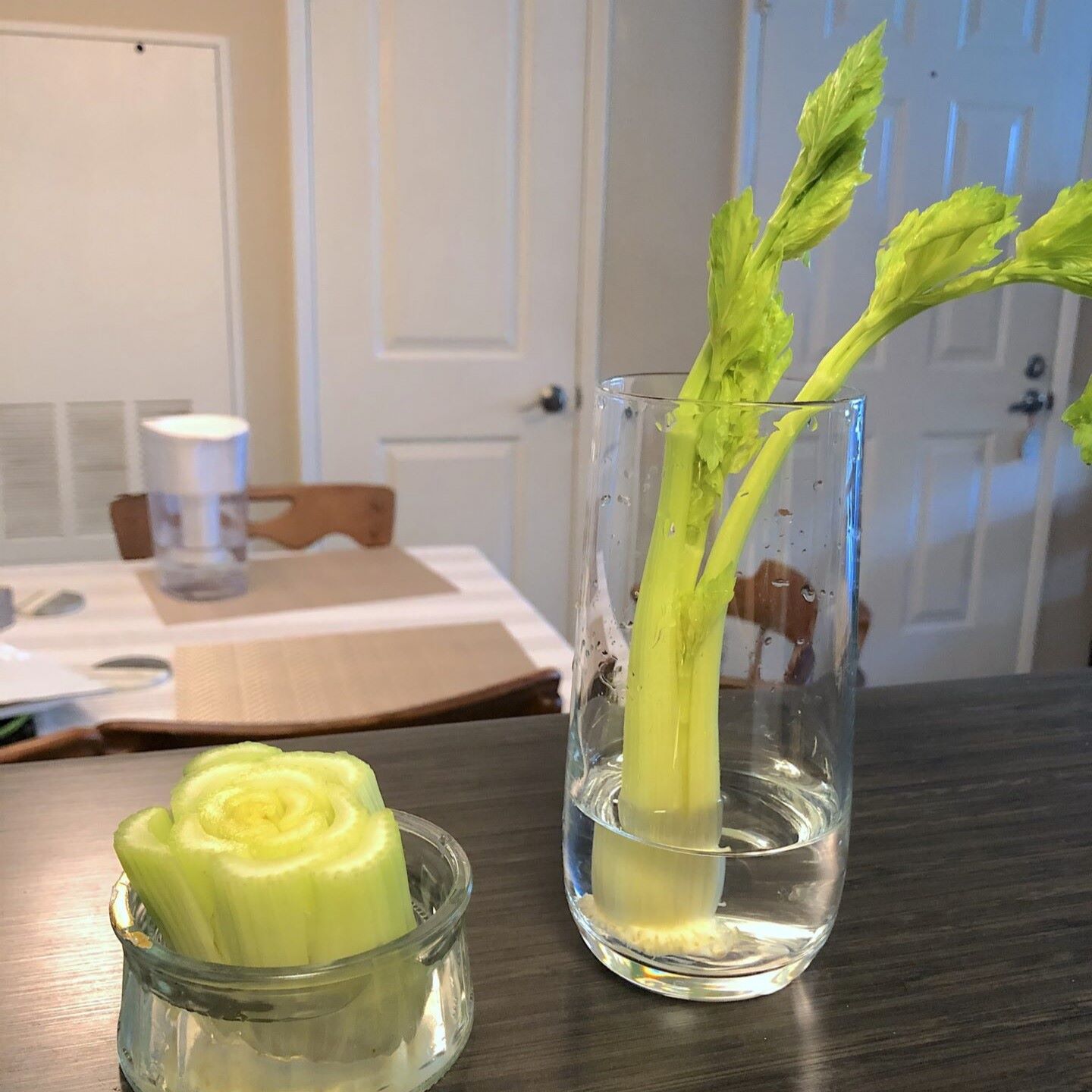

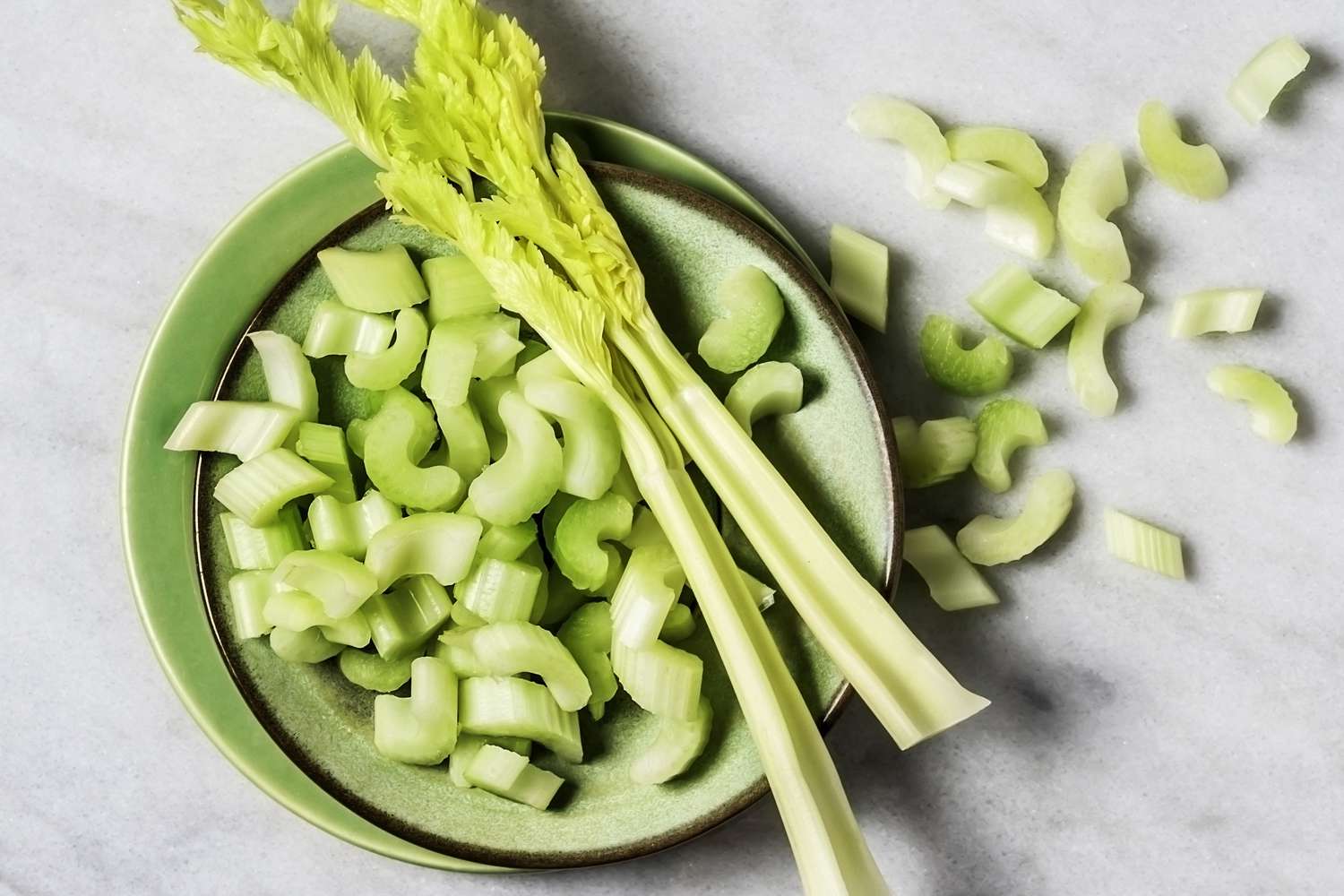
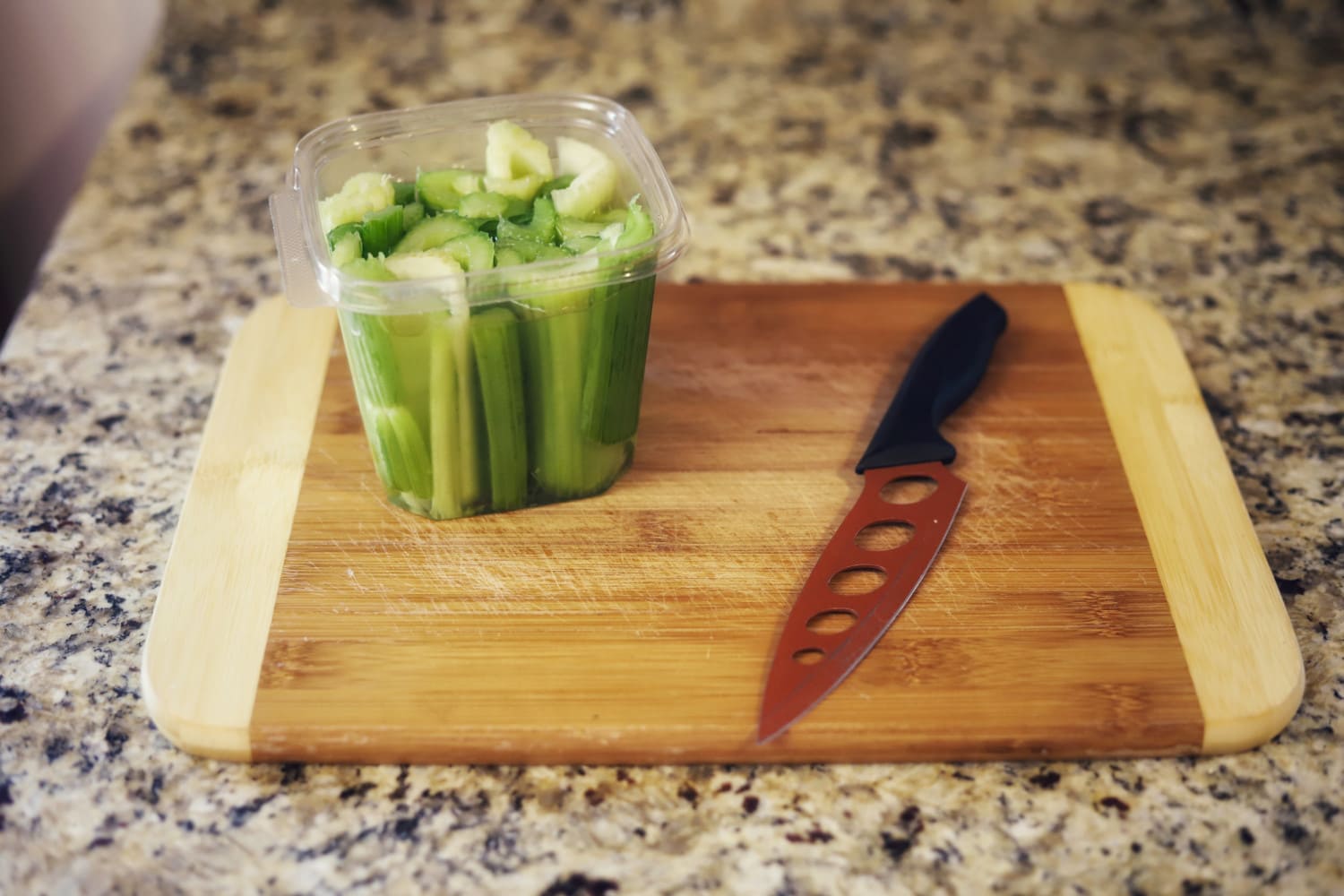


0 thoughts on “How To Store Celery Leaves”